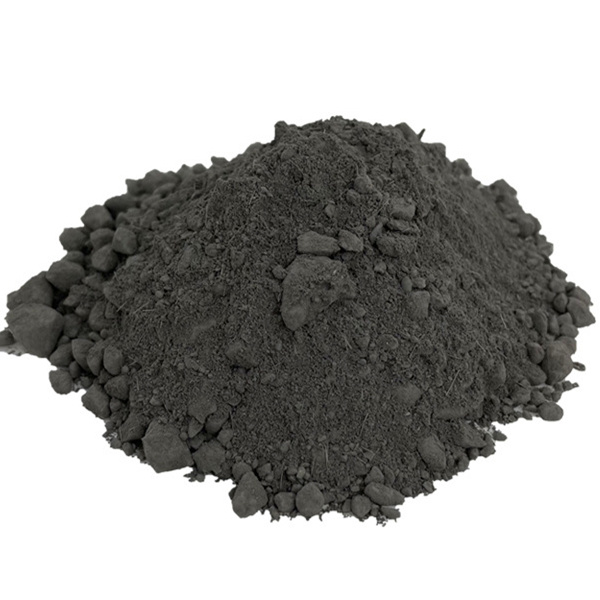Crust-resistant refractory casable
Classification:
Product Introduction
Anti-crust refractory castables are made of aluminum silicate materials and silicon carbide and other main raw materials and additives, and have anti-crusting refractory castables. It is mainly used in high-temperature environments, especially in areas where crusts are prone to formation. Here are some key information about anti-crust refractory castables:
1. Main raw materials and characteristics of anti-crust refractory casables:
The anti-crust refractory castables usually use SiC (silicon carbide) as the main raw material, and add superplasticizer and ultrafine powder, and pure calcium aluminate cement is used as a binder. This castable has the characteristics of good wear resistance and corrosion resistance, high temperature strength, high thermal conductivity, small linear expansion coefficient, and good thermal shock resistance.
2. Anti-crusting mechanism:
At high temperatures, the surface of the anti-crust refractory castables will form a glaze layer, which can greatly reduce the number of crusts. Due to the addition of silicon carbide components, the castable has excellent wear resistance and corrosion resistance, high strength, small expansion coefficient, thermal shock resistance, and strong crust resistance.
3. Application fields of anti-crust refractory castables:
Anti-crusting refractory castables are mainly used in the cutting slope, rising flue, calciner cone, kiln tail smoke chamber and other crust-prone parts of the dry cement kiln top preheater. It is also used in different parts of the lining of power stations, aluminum melting furnaces, heating furnaces, soaking furnaces, heat treatment furnaces and induction furnaces.
4. Technical requirements for anti-crust refractory castables:
The anti-crust refractory castables are divided into four grades: KJP-25, KJP-35, KJP-45 and KJP-55 according to the SiC content, of which KJP is the initial letter of anti-crusting Chinese pinyin, and the following number is the mass percentage of SiC content.
5. Production and construction of anti-crust refractory castables:
The production of crust-resistant refractory castables involves a variety of equipment and processes, including crushers, ball mills, vibrating screens, and more. There are various construction methods, including direct pouring of water into the overall lining, self-flowing molding, and smearing construction.
6. Physical properties of anti-crust refractory castable:
The physical properties of crust-resistant refractory castables include resistance to penetration, impact, erosion, abrasion, etc., which make them excellent in high-temperature and aggressive environments.
In summary, anti-crust refractory castables are very important in high-temperature industrial applications due to their excellent physical properties and anti-crusting properties, especially in cement kilns and other high-temperature equipment.
| Projects | Physical and chemical indicators | |||||
| KJP-25 | KJP-35 | KJP-45 | KJP-55 | |||
| Maximum operating temperature/°C | 1300 | 1400 | 1400 | 1400 | ||
| Chemical Composition/% | (Si02) | ≥ | 25 | 35 | 45 | 55 |
| Flexural strength at room temperature/Mpa | 1100°C×3h after burning | ≥ | 6 | 7 | 8 | 10 |
| Compressive strength at room temperature/Mpa | 110°C×24h after drying | ≥ | 55 | 60 | 65 | 70 |
| 1100°C×3h after burning | ≥ | 55 | 60 | 65 | 70 | |
| High temperature flexural strength/Mpa | 1100℃ | ≥ | 7 | 7 | 8 | 8 |
| Permanent line change of heating/% | 1000°C× after 3h burning | ≥ | -0.4~+0.4 | -0.4~+0.4 | -0.3~+0.3 | -0.3~+0.3 |
| Anti-crusting properties (lowest grade) | 1100°C×3h after burning | Level 3 | Level 2 | Level 2 | Level 1 | |
| Alkali resistance (minimum grade) | 1100°C×5h after burning | Level 2 | Level 2 | Level 1 | Level 1 | |
| Note: The maximum operating temperature refers to the test temperature at which the permanent line change is not more than 1.5% after the material is burned at this temperature for 5 hours | ||||||
Key words:
Crust-resistant refractory casable
Refractory castables
Related Products
Product inquiry


